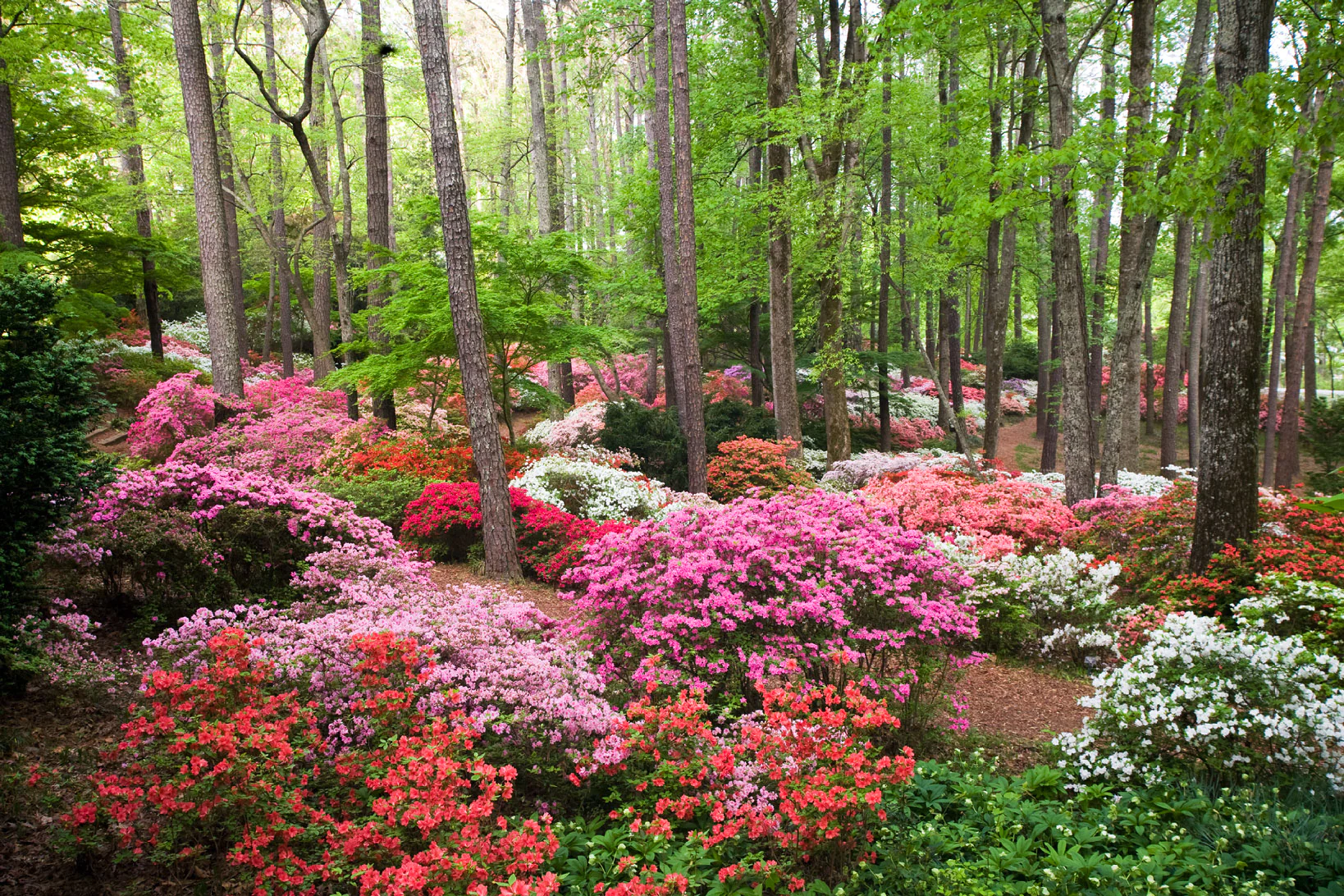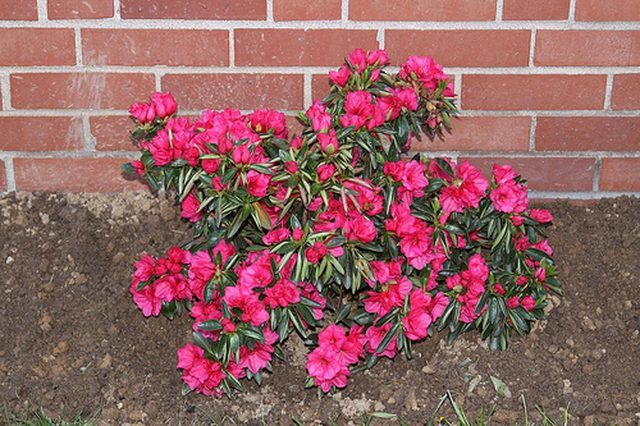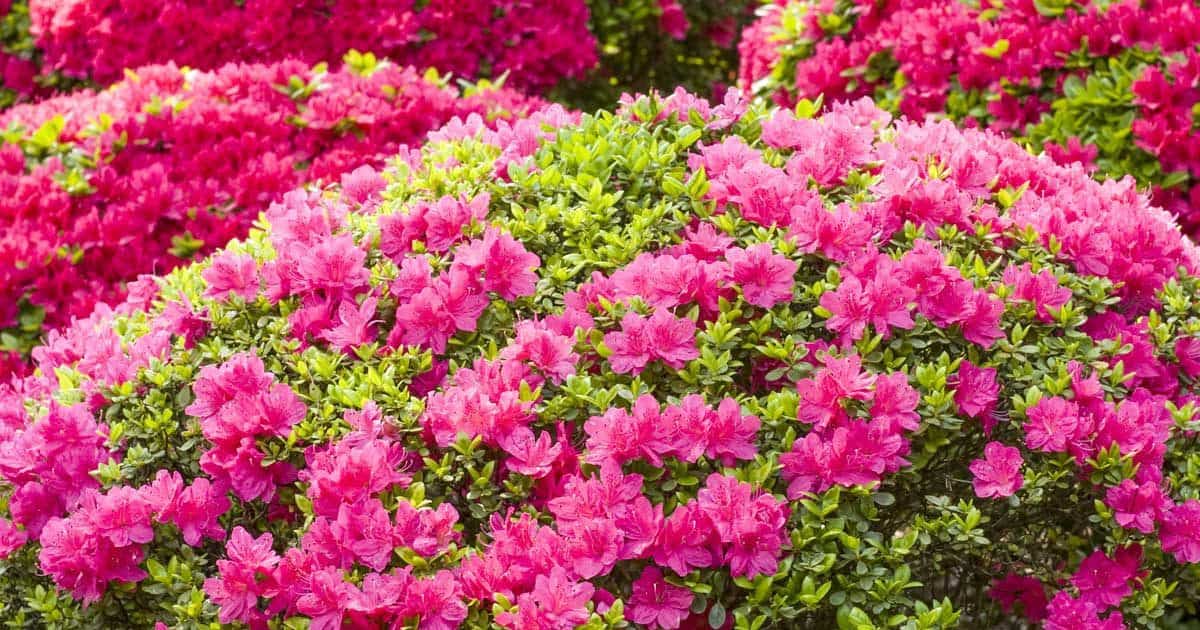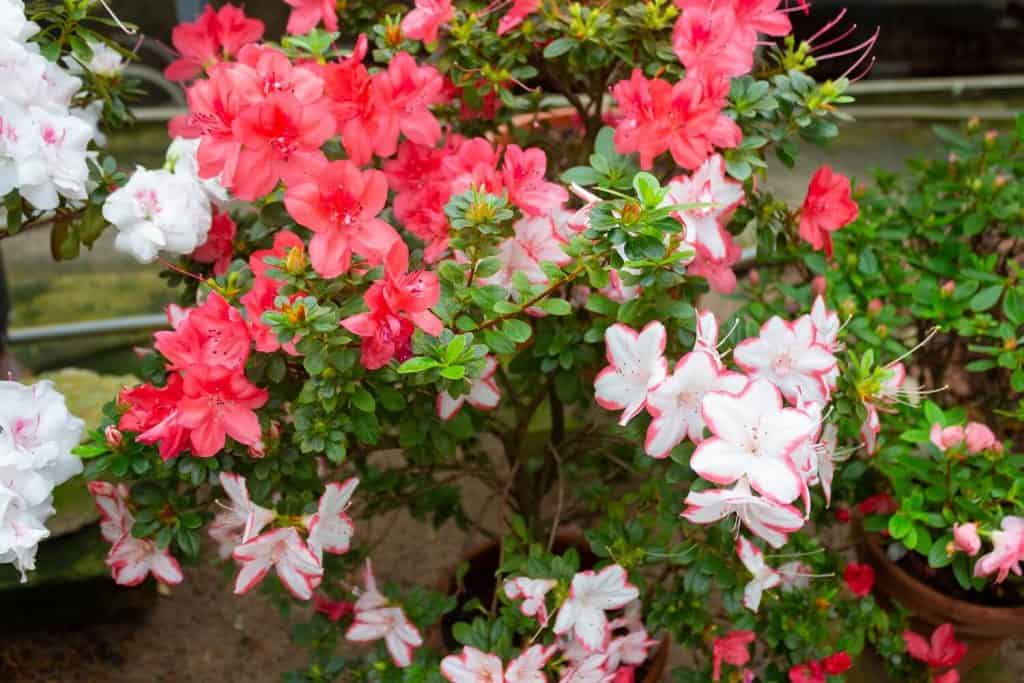Table of Contents
Everyone loves the delightful flowering views during the Spring season, and Azaleas is the evergreen shrub that has such features. Azaleas are lovely, with loosely branched characteristics that create delightful and shade-loving surroundings. You might have already heard a lot about this beautiful shrub but might not know much about its growth, care, and maintenance.
No worries. We have compiled this post to help you learn more about the Azaleas and how to grow them, problems with azaleas in pots, their care, and much more.
So keep reading if you want to know more about the Azaleas’ care and growth. In this post, we have covered how to grow and care for Azaleas.
Azaleas: Types and Varieties

When it comes to the appearance of azalea shrubs, their branches are loosely packed and grown, their leaves are elliptical, and they are considered deciduous shrubs. These evergreen shrubs have various species, and their growth rate depends on their type. Azaleas belong to the Rhododendron genus. Azalea shrubs are native to Asia, North America, and Europe.
Depending on their native regions, Azaleas have several breeds. Azaleas have types such as Golden Lights, Rosy Lights, Windbeam, Fragrant Star, Golden Oriole, and Gibraltar. The type and variety of azalea shrubs affect their growth duration and further impact flowering, blooming, and care.
Planting Azaleas

You can plant the Azaleas from the seeds or use the splitting Azaleas pods germinating after two to 6 weeks from the Azaleas seeds seedling nursery or seeding bed. If you see the splitting pods of Azaleas have at least two leaves, plant them in the individual pots. The best planting time for the azalea shrubs is the early fall and Spring seasons.
During or before the planting of Azaleas evergreen shrub, you have to take care of some crucial factors that support and affect the growth and maintenance of the Azaleas shrub. Factors like location, soil, fertilizers, water requirements, humidity, temperature maintenance, and exposure to sunlight will play a great role in the growth and cafe of the Azaleas shrub.
1. Location
Selecting the location according to the temperature and humidity perspective is important; too much color and too much hoit surrounding will affect the growth and blooming of Azaleas. If the location you have selected has a colder temperature, Azaleas will not get to the budding stage. In a too-hot environment, the blooming flowers will start burning and withering.
Another crucial factor is the safety of life from the toxicity of Azaleas. While selecting the location for Azaleas planting, ensure that you find a location that is harder to reach for your pets and kids. Azaleas are toxic for pets like dogs and cats and can also be toxic for kids and humans. So ensure that the location is good enough for sunlight and safe enough for the living being.
2. Soil
Azaleas need an acidic soil environment to grow. Ensure that the pH level of the soil that you are using for Azaleas planting is Acidic and in the range of 4.5 to 6.0. To maintain the acidic pH level of the soil, you can add fertilization and mulch if you are planting the Azaleas indoors or in the pots.
The soil for the plantation should be well drained. For support, you can add pink bark mulch and natural mulch so that Azaleas can get a suitable environment for drainage and fertility.
3. Water
Water is crucial for the growth of every plant, and azalea shrubs also need it. Water helps in flowering and blooming. Usually, the Spring shower water is sufficient for the Azaleas grown in the wild and their native habitats around the surroundings, where they can get enough water according to their requirement. But when you are planting the azalea shrubs indoors, giving them the extra water is beneficial for their flowering and blooming,
4. Sunlight & Repotting
Azalea shrubs can grow well with partial and full sunlight exposure. Azaleas need at least four hours of Sunlight daily exposure for their growth. When you see the Azaleas shrub growing and spreading bigger, it will be wiser to transfer it into the bigger pot before the roots start growing more intense.
Care of Azaleas

1. Pruning
Pruning is not essential for Azaleas, but you can use mild pruning whenever needed to let them grow their bushes and spread more. The suitable pruning timing for azalea shrubs is after the duration when their flowers start falling off, after the Spring season. While pruning, ensure that you don’t damage the flowers for the upcoming year; just down the flowers that will fall.
2. Handling Issues
Since Azaleas is a delicate shrub flowering plant, it is not safer from common issues like plant diseases and pest attacks. Lace Bugs, leafhoppers, scale, whiteflies, and many more pest insects like them can damage the Azaleas shrub, so pest control is mandatory for their sufficient growth. Use Pesticides and fungicides to keep the pests away. And if they have already attacked, use the higher dose to control them.
3. Maintenance
Take care of the acidic pH level of the Soil, and when you feel the soil start getting compacted, replace it with new soil or change the pot. With time, take care of the repotting of Azaleas. Take care of the Sunlight exposure. When you feel the sunlight is too much in your area to burn the gentle flowers or leaves, filtering Sunlight will be better to avoid direct exposure and lack of Oxygen from the extra shadow zone.
Final Thoughts
If you are careful about the growth, care, and maintenance of the Azaleas evergreen shrub, understand their growth, requirement of soil change, repotting, and pruning techniques. Learning about the crucial factors will help you while handling the azalea growth and taking care.
This post showed you How to grow and care for Azaleas to help you understand more about the Azaleas’ growth and maintenance. Suppose you want more ways to add value to your home’s garden or flowering elegance.
Sign up and get our best strategies sent to your inbox.





